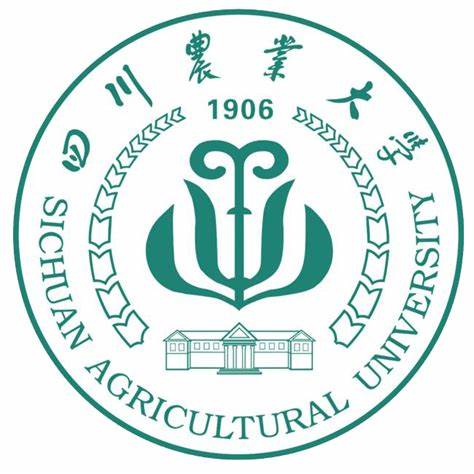Dissecting the genetic architecture of flag leaf morphology in Sichuan Wheat Germplasm using genome-wide association study
作者: 刁圣轩 审稿人:魏育明 时间: 2025-10-22 点击次数:次
https://link.springer.com/article/10.1007/s00122-025-05059-8
Theoretical and Applied Genetics,Volume 138, article number273, (2025)
Md Nahibuzzaman Lohani,Yuxin Lan,Longxing Su,Li Yin,Jiajun Liu,Guangdeng Chen,Qiang Xu,Yunfeng Jiang,Qiantao Jiang,Guoyue Chen,Xueling Ye,Yuming Wei,Chunji Liu,Youliang Zheng&Jian Ma
Key message
This study identified and validated novel QTL controlling flag leaf morphology, and predicted the underlying candidate genes with tissue-specific expression, offering valuable insights for improving plant architecture and grain yield.
Abstract
Flag leaf morphology (FLM) is a critical determinant of wheat yield, primarily due to its role in enhancing photosynthetic efficiency during the grain-filling stage. To elucidate the genetic basis underlying FLM, we evaluated 220 accessions of Sichuan Wheat using a 55 K SNP array combined with genome-wide association studies (GWAS). Four key traits, including flag leaf length (FLL), flag leaf width (FLW), flag leaf area (FLA), and flag leaf ratio (FLR), were assessed across four environments. GWAS identified seven quantitative trait loci (QTL) significantly associated with these traits. Notably, six of the loci, one for FLL and five for FLR, are potentially novel, with five validated in an independent natural population. Among identified QTL,QFLL.sicau.7D and QFLW.sicau.2B exhibited strong pleiotropic effects on all the traits studied. The T allele of QFLL.sicau.7D(AX-89737284; T/C) was associated with an increase in both FLL and plant height, suggesting a role in shoot architecture regulation. Furthermore, six candidate genes were identified within the novel QTL regions, based on elevated expression in flag leaf tissue and known involvement in developmental processes. These findings advance our understanding of the genetic architecture of FLM in Chinese wheat and provide valuable targets for fine-mapping and marker-assisted selection to improve yield and plant architecture.


